Last Updated on May 11, 2025
If your OBD-II scanner has thrown a P2A01 code, it’s alerting you to a problem with the oxygen sensor circuit on Bank 1 Sensor 2—the downstream sensor that plays a key role in your vehicle’s emission system. This issue may not seem critical at first, but ignoring it could lead to poor fuel efficiency, rough engine performance, and failed emissions tests. This guide will walk you through the P2A01 code’s meaning, symptoms, causes, diagnosis process, repair options, and related codes.
What Does the P2A01 Code Mean?
The P2A01 code stands for O2 Sensor Circuit Range/Performance Bank 1 Sensor 2. This sensor is located after the catalytic converter and monitors how efficiently your car’s exhaust system is reducing harmful emissions.
If the oxygen sensor’s voltage output falls outside the expected range, the Powertrain Control Module (PCM) registers the P2A01 fault code. In simple terms, this code means the rear O2 sensor is either faulty or giving unusual readings that could be caused by underlying engine or exhaust issues.
Key Information Snapshot
| Field | Details |
|---|---|
| Code | P2A01 |
| Meaning | O2 Sensor Circuit Range/Performance Bank 1 Sensor 2 |
| Seen On | Dodge, Chevy, Kia, Ram, Ford, Honda, Pontiac |
| Main Symptoms | Check engine light, poor fuel economy, engine misfire, black smoke |
| Possible Causes | Faulty O2 sensor, wiring damage, vacuum leaks, exhaust leaks |
| Severity | Medium |
| DIY Repairable? | No, professional recommended |
| Repair Time | 1–2 hours (varies by issue) |
Common Symptoms of the P2A01 Code
Recognizing the symptoms early can help avoid more costly repairs:
- Check Engine Light (CEL) – Usually the first sign.
- Increased Fuel Consumption – Faulty sensor causes inefficient combustion.
- Poor Engine Performance – Hesitation, jerking, or stalling.
- Rough Idle – Unstable RPMs at rest.
- Excessive Exhaust Smoke – Indicates rich air-fuel mixture.
- Failed Emissions Test – High NOx or hydrocarbon levels.
- Engine Misfires – Poor oxygen readings affect spark timing.
What Causes the P2A01 Code?
The P2A01 trouble code can result from several root causes:
- Faulty Downstream Oxygen Sensor – Most common reason.
- Damaged or Corroded Wiring/Connectors – Disrupts signal transmission.
- Exhaust System Leaks – Affects the accuracy of O2 readings.
- Vacuum Leaks – Causes unbalanced air-fuel ratio.
- Failing Catalytic Converter – Poor exhaust gas filtering.
- ECM/PCM Software or Hardware Malfunction – Rare, but possible.
- Fuel Injector Issues – Can lead to an unbalanced mixture, confusing the sensor.
Diagnosing the P2A01 Code – Step-by-Step
Accurate diagnosis is key to avoiding unnecessary replacements. Follow these steps:
1. Use an OBD-II Scanner
Connect the scanner to confirm the P2A01 code. Record freeze frame data to analyze conditions when the code was triggered. Check for accompanying codes like P0420 or P0136.
2. Visually Inspect the Sensor
Locate Bank 1 Sensor 2 (after the catalytic converter on the side of cylinder #1). Look for damage, contamination, or disconnected wires.
3. Check O2 Sensor Output Voltage
With a multimeter, test voltage while the engine runs: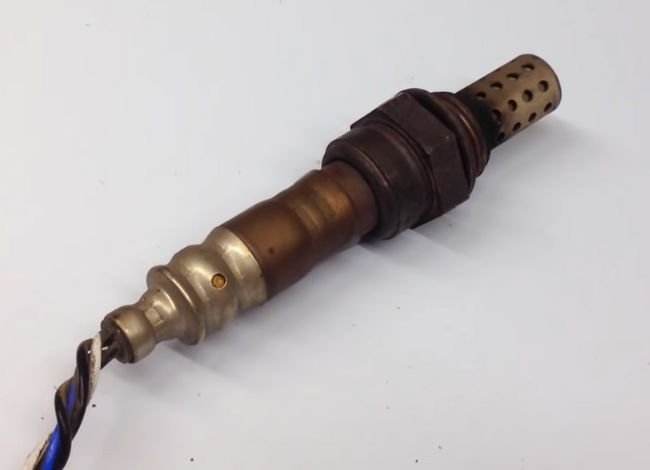
- Normal range: 0.1V to 0.7V
- If voltage is stuck high or low, the sensor may be faulty.
4. Inspect Wiring and Connectors
Look for corrosion, frayed wires, or loose connections. Use a multimeter to test continuity and resistance. Repair or replace if resistance is higher than normal.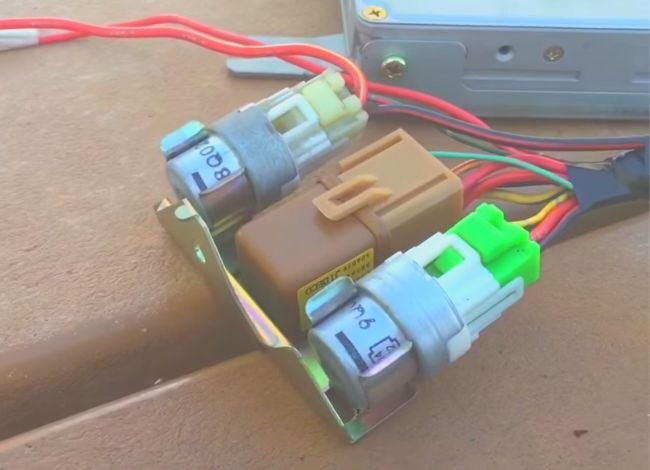
5. Examine the Catalytic Converter
A failing converter can create inaccurate downstream O2 readings. Use a backpressure test or thermal gun to check for blockages.
6. Check for Exhaust Leaks
Leaks after the catalytic converter can allow outside air to alter sensor readings. Use a smoke test or pressure test to detect leaks.
7. Analyze the Fuel System
Check fuel pressure, inspect injectors, and test for vacuum leaks. Irregular fuel delivery can affect emissions and O2 readings.

Fixing the P2A01 Code
After pinpointing the cause, follow these repair solutions:
Replace the O2 Sensor
If voltage readings are abnormal, install a new OEM-grade oxygen sensor. Avoid using universal sensors that may not match your PCM’s expectations.
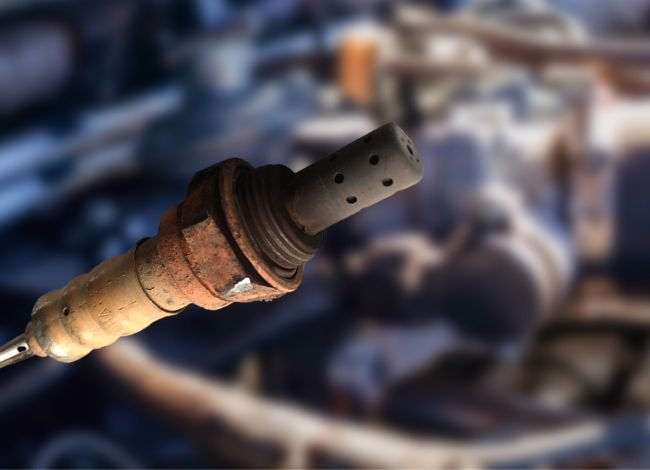
Repair Electrical Wiring
If wiring is damaged or corroded, repair with solder and shrink tubing or replace the entire harness section.
Fix Exhaust or Vacuum Leaks
Seal any cracks or holes with welding or gasket replacement. Address intake manifold leaks as well.
Replace Catalytic Converter
If backpressure or efficiency tests fail, replace the catalytic converter with a high-quality replacement.
Reset the ECM and Clear the Code
After the fix, use a scanner to reset the check engine light. Monitor live data during a test drive to confirm normal sensor operation.
How to Correct O2 Sensor Circuit Range Manually
If you’re an advanced DIYer or technician, here’s how to correct the issue systematically:
Step 1: Understand the Error
The P2A01 code indicates that the oxygen sensor downstream of the catalytic converter is sending signals outside the normal performance range.
Step 2: Inspect the Sensor Physically
Check the sensor body, wires, and mounting. Use an ohmmeter to verify the internal heater circuit if available.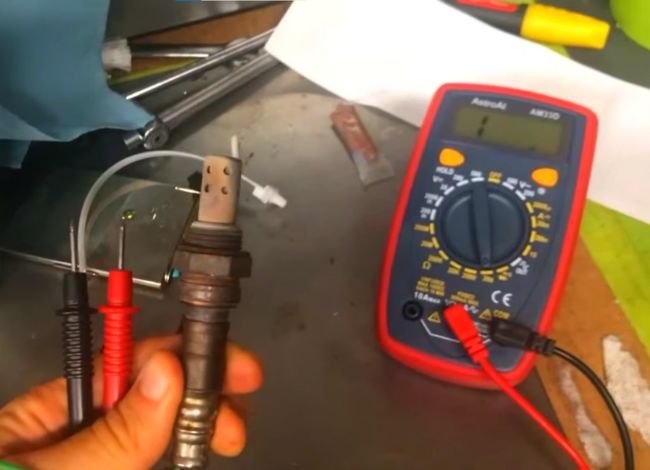
Step 3: Measure Sensor Output
Run the engine and watch live voltage readings. Replace the sensor if readings are static or illogical.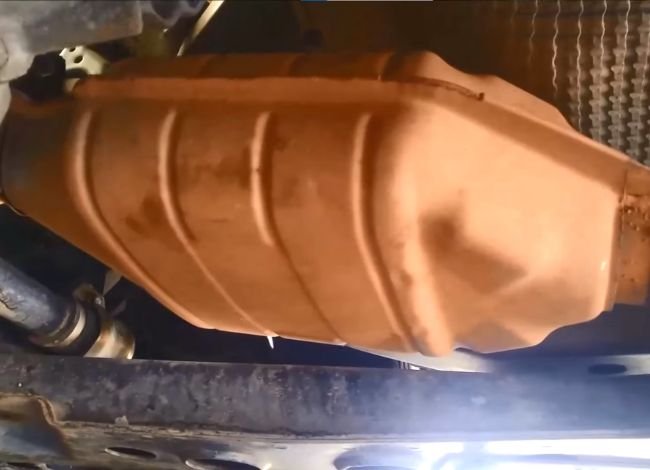
Step 4: Inspect Exhaust System
Look for leaks, rust, or damage in pipes and gaskets. Address any signs of deterioration.
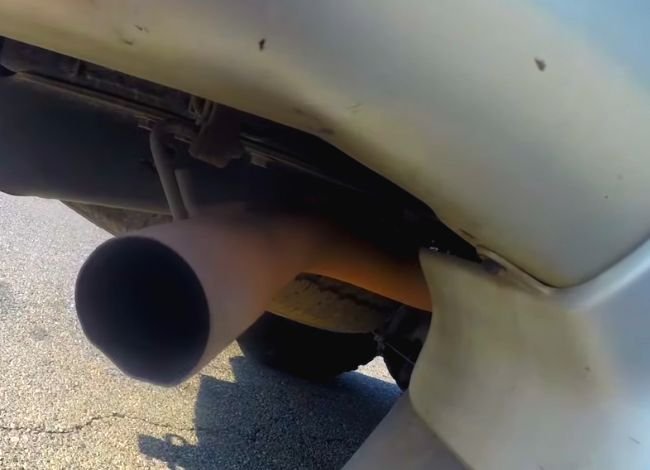
Step 5: Clear Codes and Test
Reset the PCM using a scanner. Drive for one or two cycles to ensure the light stays off.
How Serious Is the P2A01 Code?
The P2A01 code is moderately serious. It won’t cause immediate breakdowns but can lead to:
- Long-term engine wear
- Reduced fuel efficiency
- Failing emissions inspection
- Environmental harm from excess pollutants
You shouldn’t ignore it. Driving with a faulty downstream O2 sensor affects long-term engine health and could mask more serious underlying problems.
Related OBD2 Diagnostic Trouble Codes
Understanding related codes can help in troubleshooting:
- P0420 – Catalyst System Efficiency Below Threshold (Bank 1)
Indicates a failing catalytic converter, often connected with P2A01. - P0136 – O2 Sensor Circuit Malfunction (Bank 1 Sensor 2)
Refers to wiring or sensor signal issues on the same sensor. - P0141 – O2 Sensor Heater Circuit (Bank 1 Sensor 2)
Focuses on the heater circuit of the downstream sensor. - P0156 – O2 Sensor Circuit Malfunction (Bank 2 Sensor 2)
Same issue but affects the opposite side of the engine. - P0161 – O2 Sensor Heater Circuit (Bank 2 Sensor 2)
Refers to the heater malfunction on the second bank’s downstream sensor.
These codes often occur in tandem and suggest deeper issues with the exhaust or fuel system.
Can You Fix the P2A01 Code Yourself?
While scanning and identifying the code is possible for a DIY enthusiast, fixing the root issue typically requires professional tools and expertise.
- Skill Level: Intermediate to advanced
- Tools Needed: OBD-II scanner, multimeter, jack stands, mechanic’s toolset
- Risk Level: Moderate – Incorrect repairs may cause further damage
Recommendation: Unless you are confident in advanced diagnostics, consult a certified mechanic.
How to Prevent the P2A01 Code from Returning
Prevention is cheaper than repair. Follow these maintenance tips:
- Use only top-tier fuel to prevent residue buildup.
- Replace oxygen sensors every 60,000–100,000 miles.
- Fix small exhaust or intake leaks immediately.
- Keep your fuel system clean with occasional fuel injector cleaner.
- Perform regular oil, filter, and spark plug maintenance.
Final Thoughts: What to Do Next?
The P2A01 code isn’t something to panic over, but it shouldn’t be ignored either. This code points to an issue with your vehicle’s downstream oxygen sensor circuit, which affects fuel economy, emissions, and long-term engine performance. By diagnosing the root cause—whether it’s the sensor itself, wiring, exhaust leak, or catalytic converter—you can fix the issue and get back on the road with peace of mind.
Don’t delay: a small issue now can become a costly repair later.
